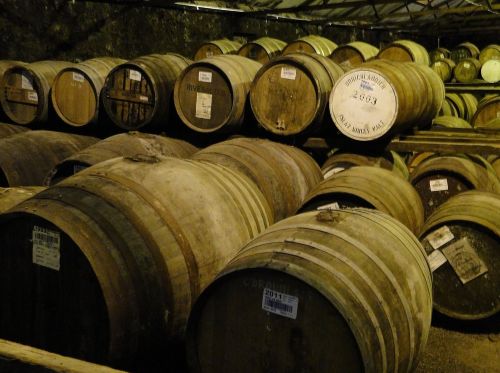

Introduction to Whisky Varieties
Whisky is a drink steeped in history, offering endless variety for enthusiasts and casual drinkers alike. Among the most common distinctions in whisky production are single grain and single malt expressions. Both terms often appear on labels, yet many remain unclear about their exact meanings. Exploring their distinctions—through ingredients, distillation, flavours, and occasions—can reveal an entirely new appreciation for both styles. For collectors and enthusiasts, the allure of a limited edition bottle of whisky often lies in these nuanced differences, making the choice between single malt and single grain all the more significant.
What is Single Malt Whisky?
Single malt whisky originates from one distillery and is crafted entirely from malted barley. It is distilled using pot stills, a traditional method that allows for deeper flavours and a more complex structure. Scotland, Japan, and Ireland are home to many of the world’s revered single malt producers, with distilleries often boasting centuries of craft and heritage.
Single malt whiskies are typically associated with purity and tradition. Each distillery puts its unique fingerprint on the spirit, shaped by factors like water source, distillation techniques, and cask aging. The resulting dram is known for its layered complexity—ranging from smoky and peaty profiles to rich, sherried sweetness.
Defining Single Grain Whisky
Despite its name, single grain whisky doesn’t mean the spirit uses only one type of grain. Instead, it indicates that the whisky comes from a single distillery but can be made from various grains—corn, wheat, or unmalted barley are common options. The distillation process usually involves column stills (also known as continuous stills), which differ from the traditional pot stills used in single malt production.
Column distillation allows for larger production quantities and creates a lighter, cleaner spirit. While single grain whisky is often blended into other whiskies, high-quality versions are gaining recognition in their own right. Some distilleries have elevated single grain expressions, offering collectors and enthusiasts something distinctive. These exclusive releases highlight the craftsmanship behind single grain whiskies and provide a unique tasting experience.
Key Differences in Ingredients
At the heart of their distinction lies the choice of grains. Single malt whisky uses only malted barley, contributing to its robust and full-bodied flavour. Conversely, single grain whisky may include a range of cereals, which results in a smoother, lighter taste.
This variation in ingredients gives each whisky a different personality. Malted barley imparts nutty, rich notes, while grains like corn or wheat often lead to a sweeter and more approachable profile.
Comparing the Distillation Methods
Single malts are typically produced using copper pot stills, a slower, batch-based process emphasizing flavour retention and complexity. These stills encourage interaction with the copper, removing unwanted sulphur compounds and yielding a rich, characterful spirit.
Single grain whiskies, on the other hand, are generally distilled in column stills. This method allows for continuous production and results in a more neutral and lighter base spirit. While column stills are often associated with efficiency over craft, some producers use them to achieve a refined and elegant whisky style.
Flavour Profiles: What to Expect
Single malt whiskies often present a broad spectrum of flavours. Depending on the region and distillery, you might encounter peat smoke, orchard fruits, vanilla, spices, or rich sherry undertones. The complexity often appeals to seasoned whisky drinkers looking for depth and a prolonged finish.
In contrast, single grain whiskies offer a gentler experience. Their lighter body and cleaner taste can make them an excellent introduction for those new to whisky. Expect subtle sweetness, hints of vanilla, and soft cereal notes, with a smooth and mellow finish.
Ideal Occasions for Each Style
Single malt whisky often suits contemplative sipping. Whether enjoyed neat or with a few drops of water, it’s a drink best appreciated slowly—perfect for special moments, celebrations, or reflective evenings.
Single grain whisky, with its lighter nature, fits more casual settings. It works well in highballs or cocktails, making it a versatile choice for social gatherings, dinners, or relaxed occasions. Limited edition releases of single grain expressions also make excellent gifts, offering something both rare and distinctive.
Conclusion: Choosing the Right Whisky for You
Understanding the nuances between single malt and single grain whiskies opens up a broader world of flavour and enjoyment. Whether seeking the complexity of a malt or the subtlety of a grain whisky, each offers a unique tasting journey. Exploring both allows whisky enthusiasts to appreciate the craftsmanship and diversity present in every bottle.


